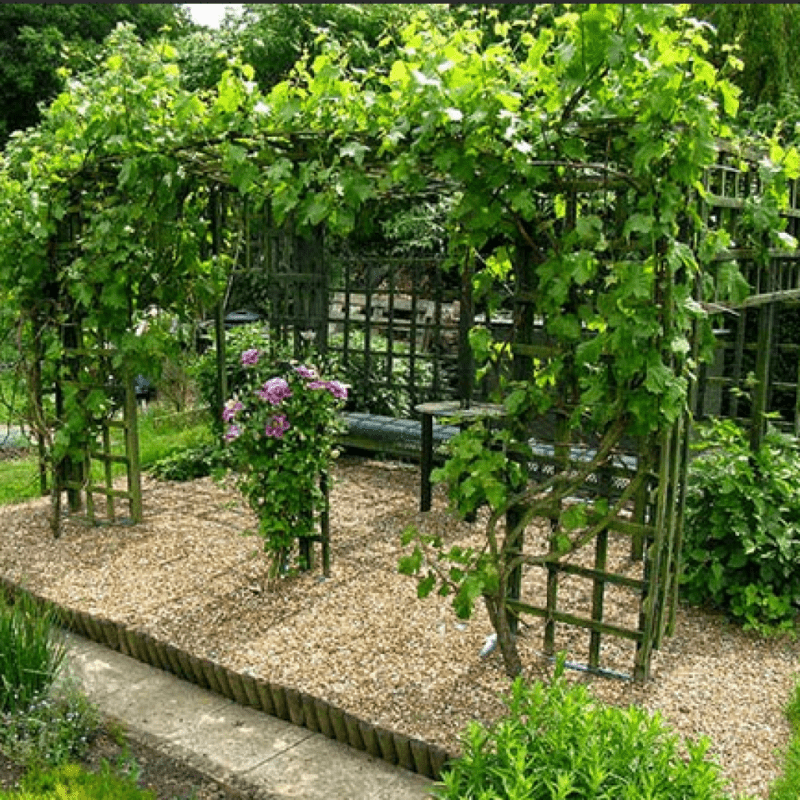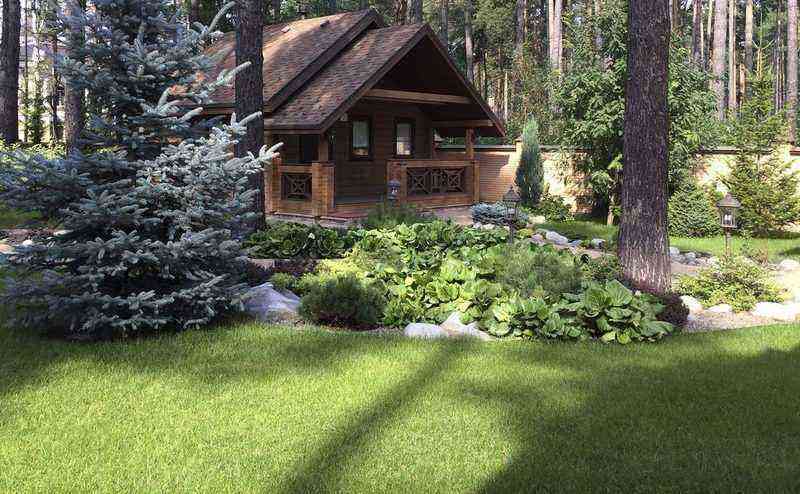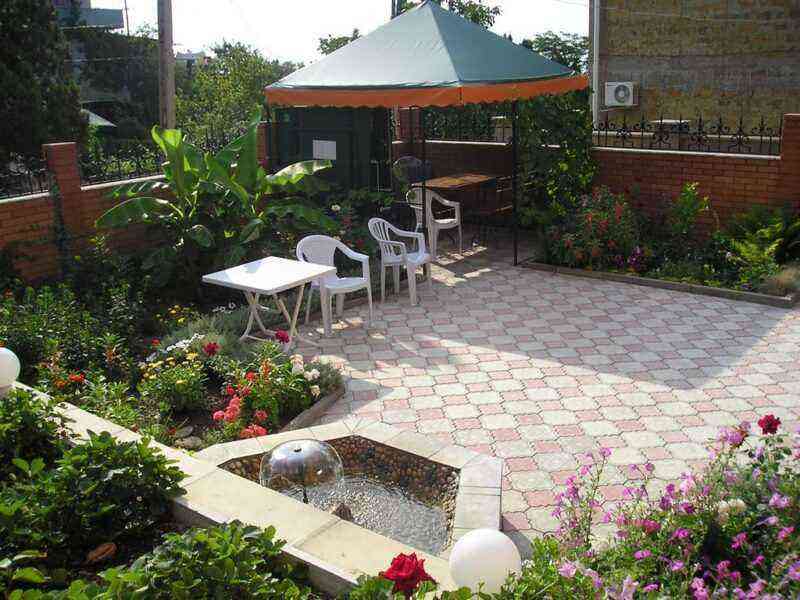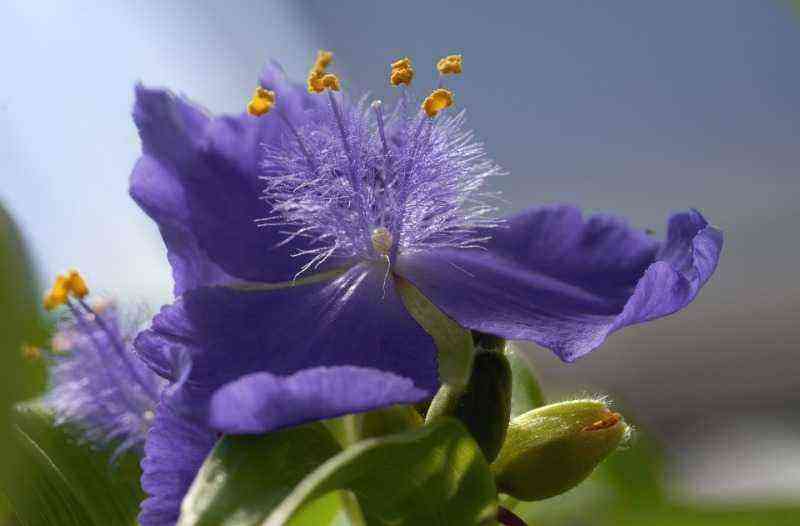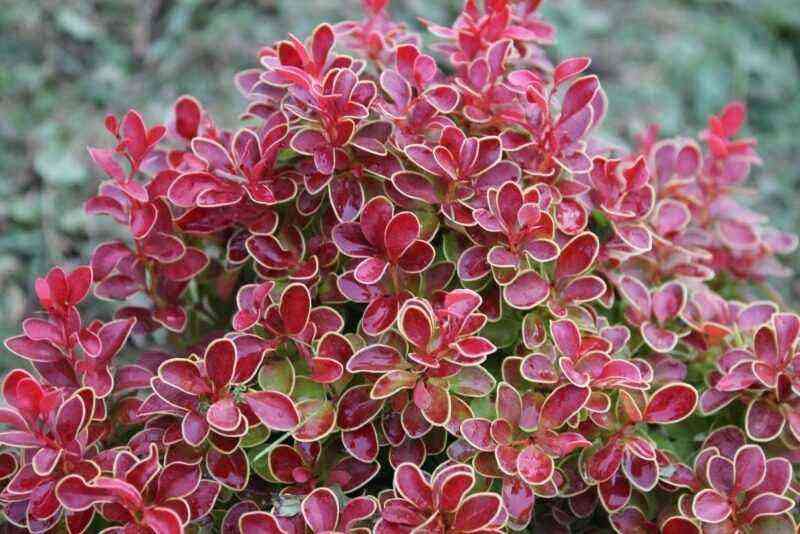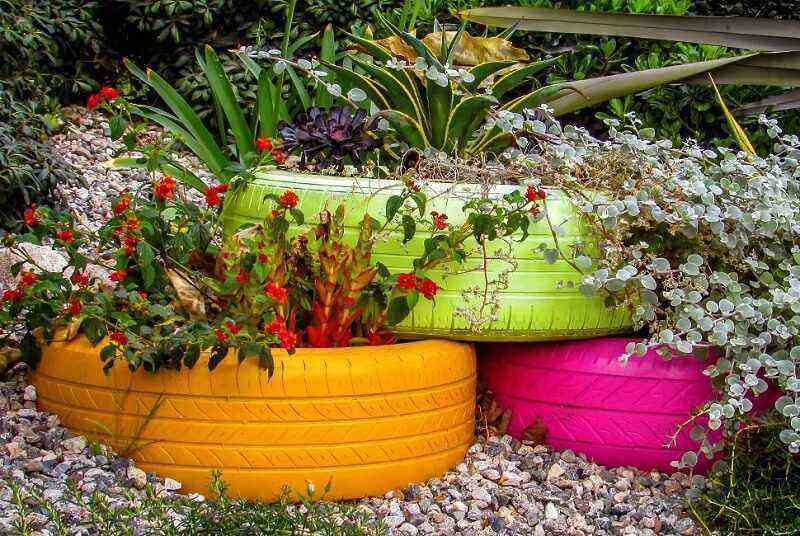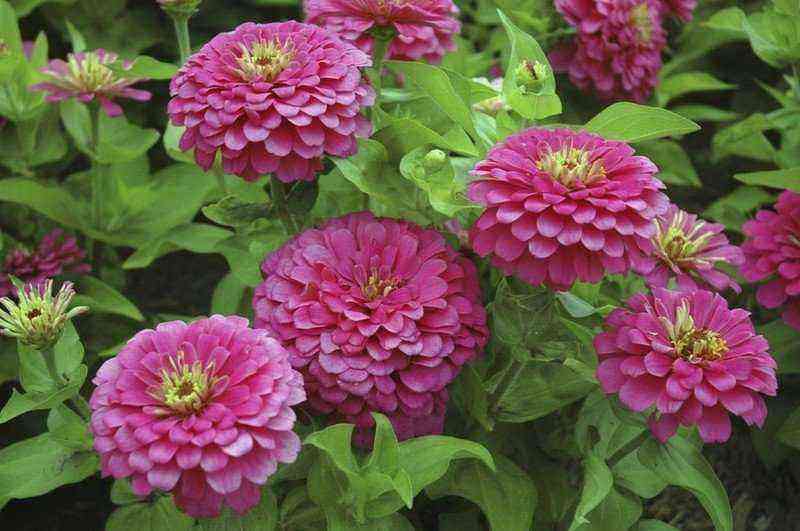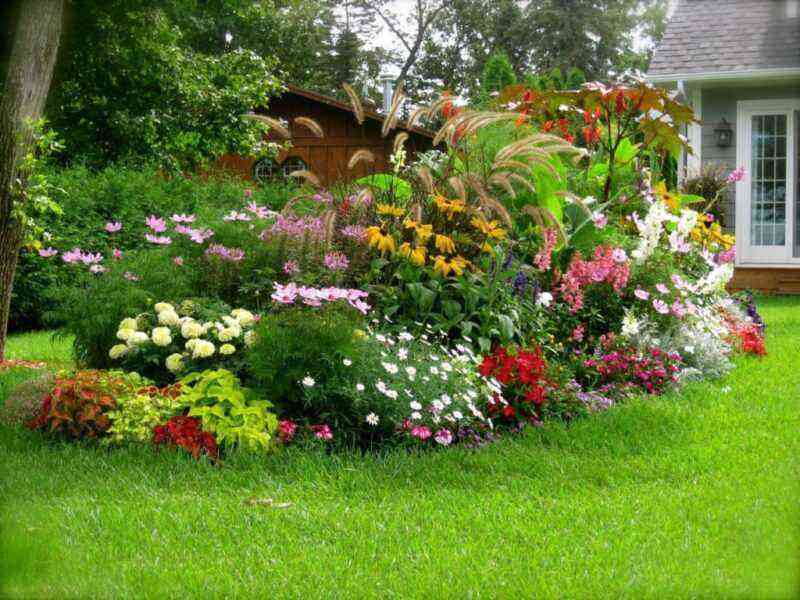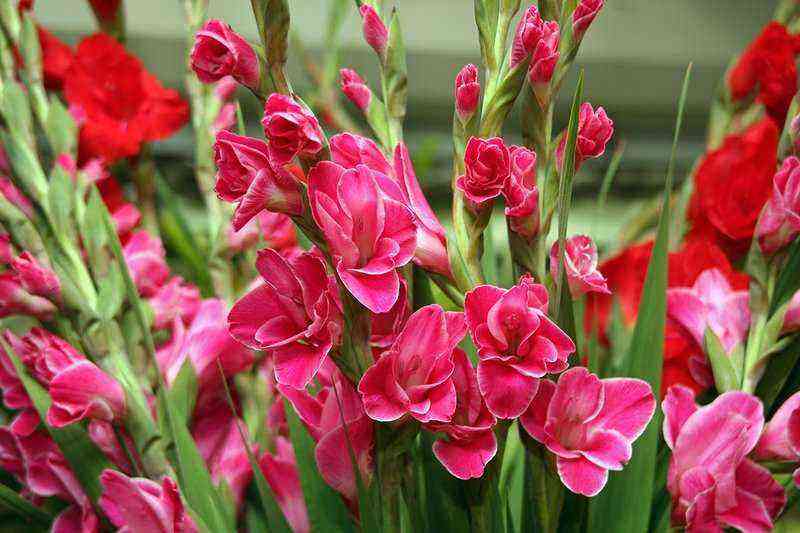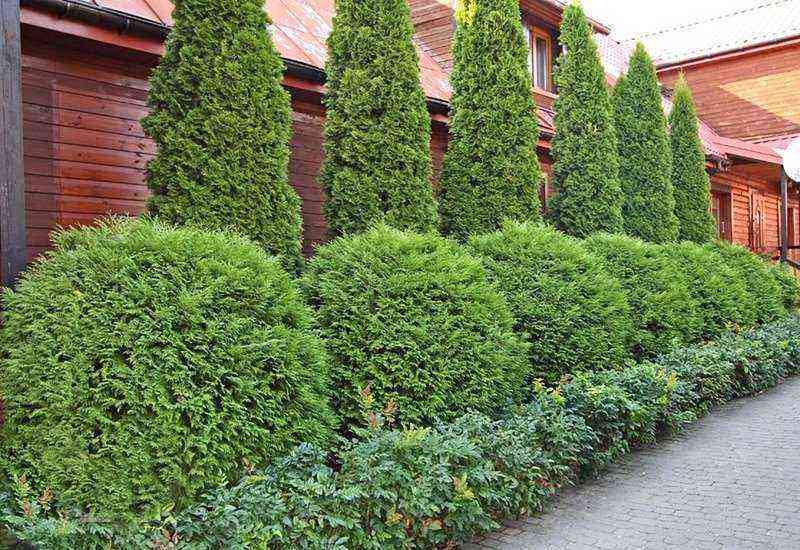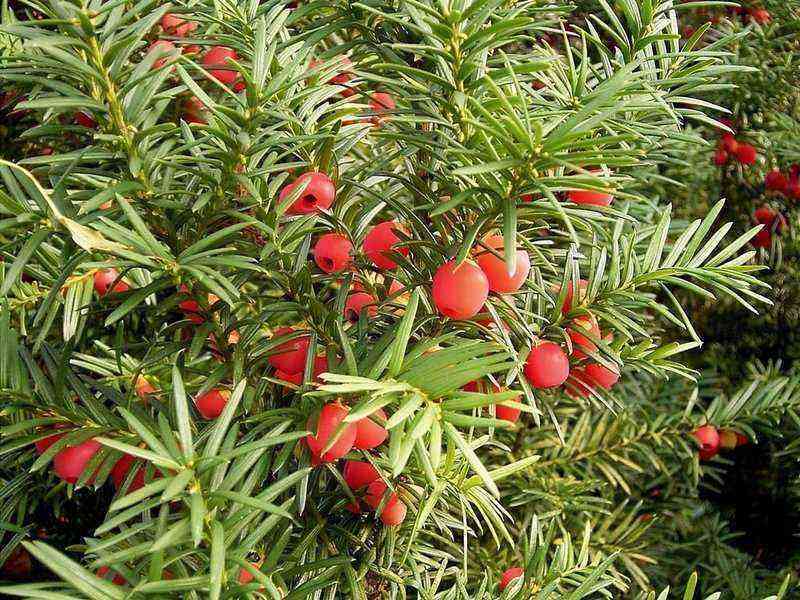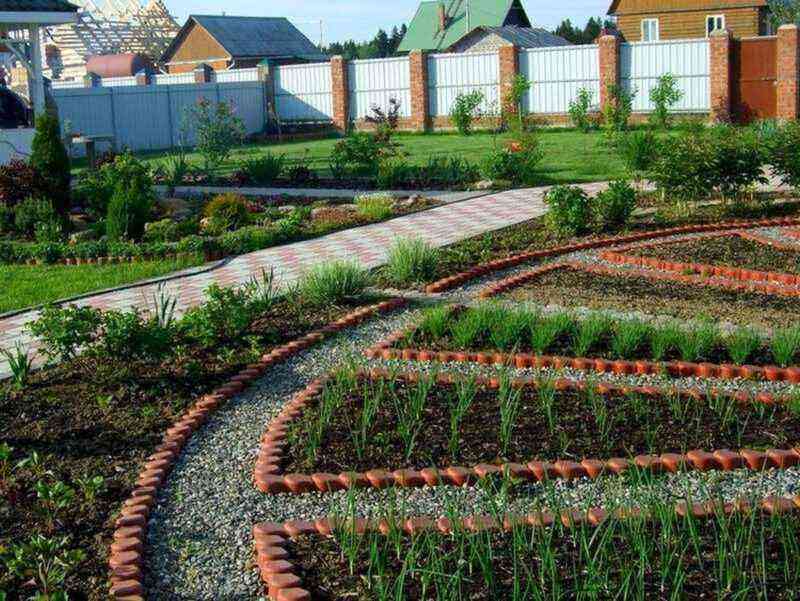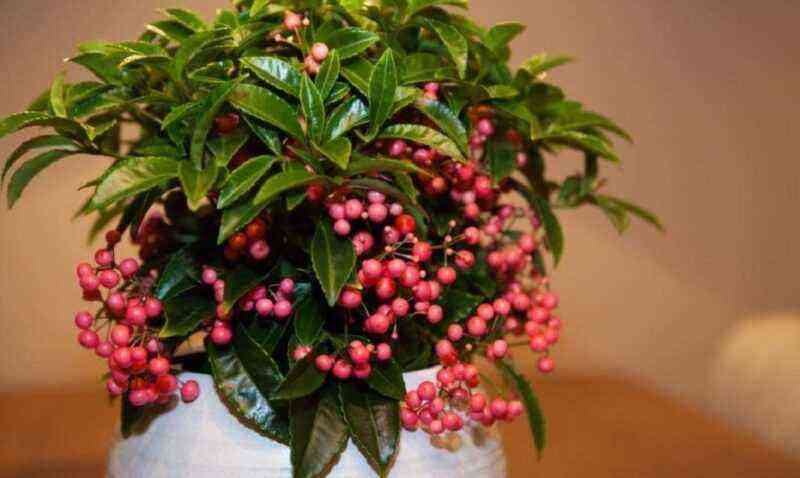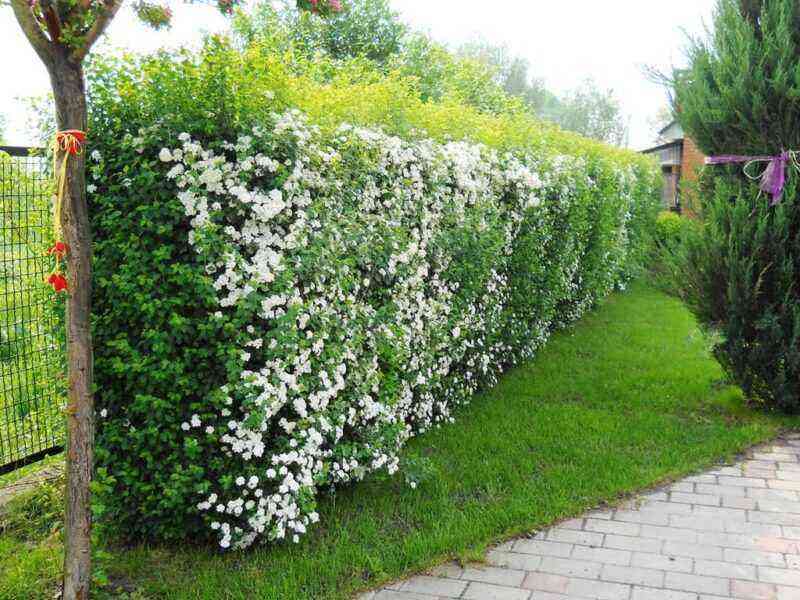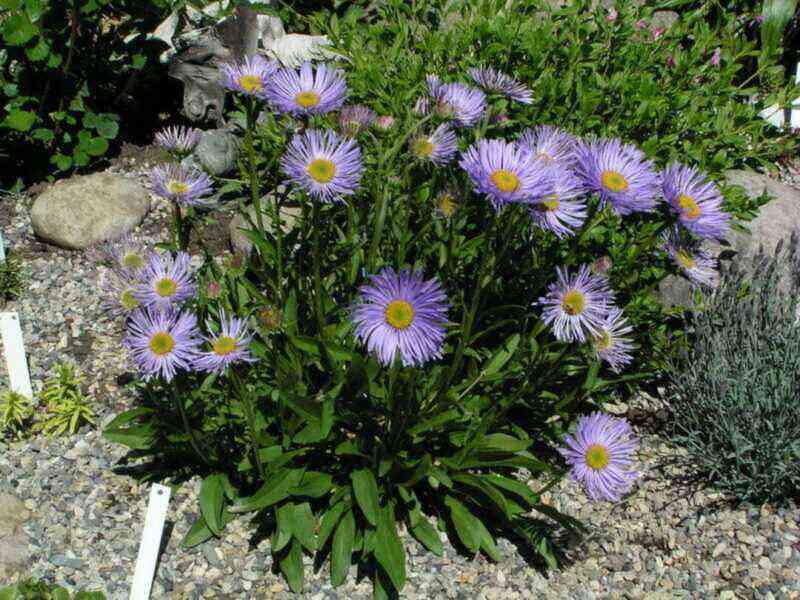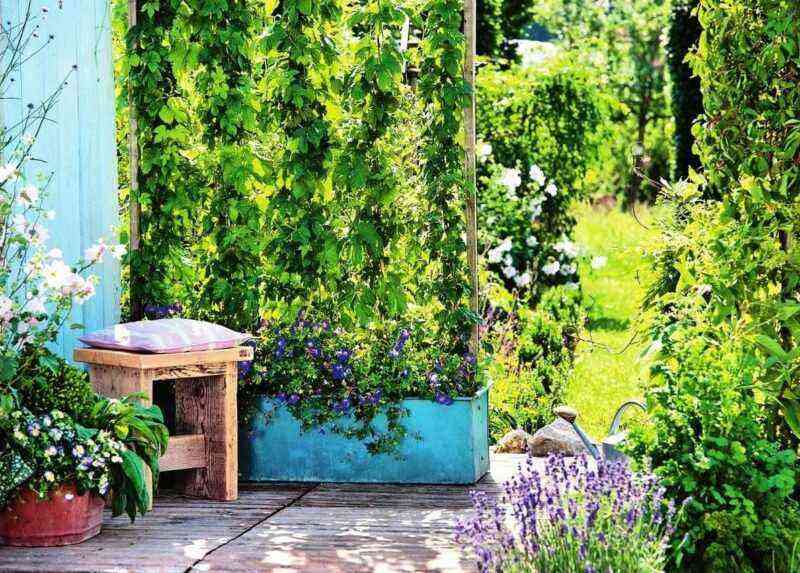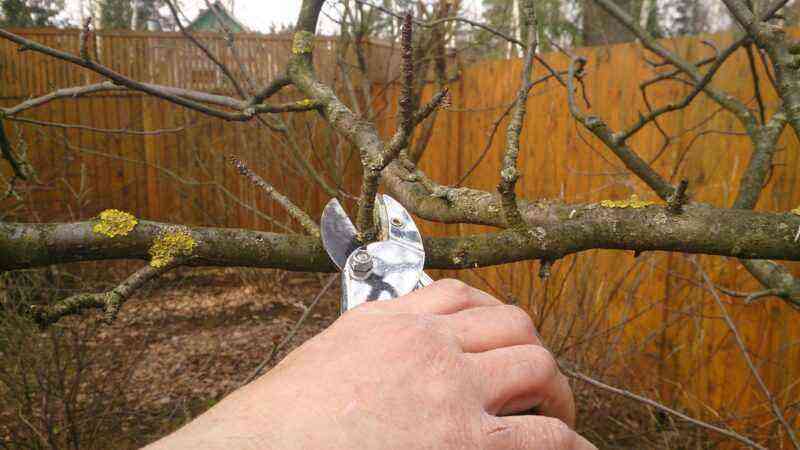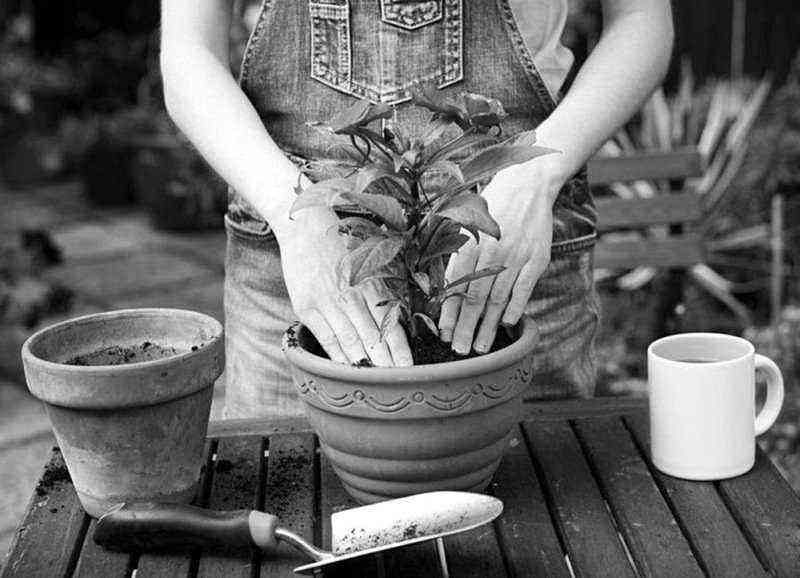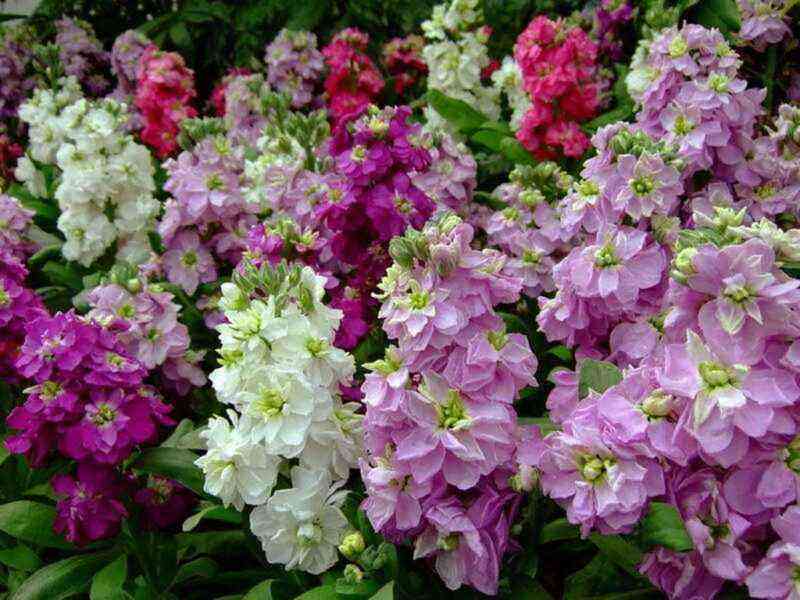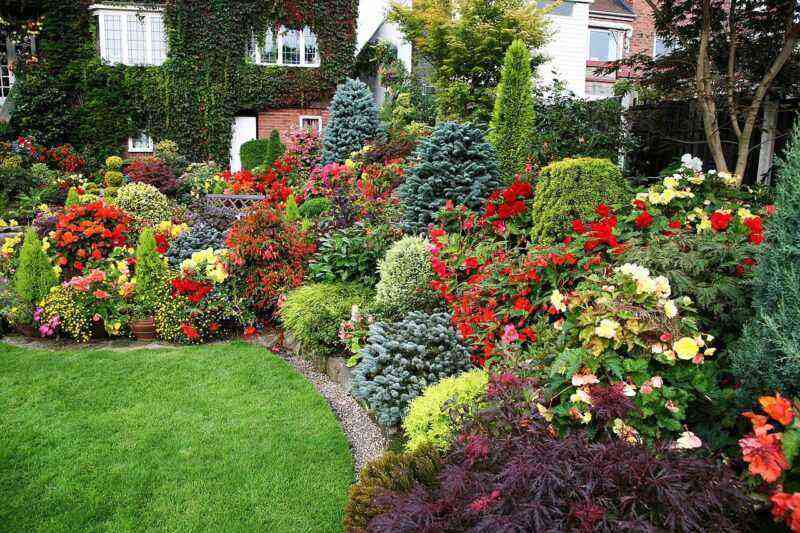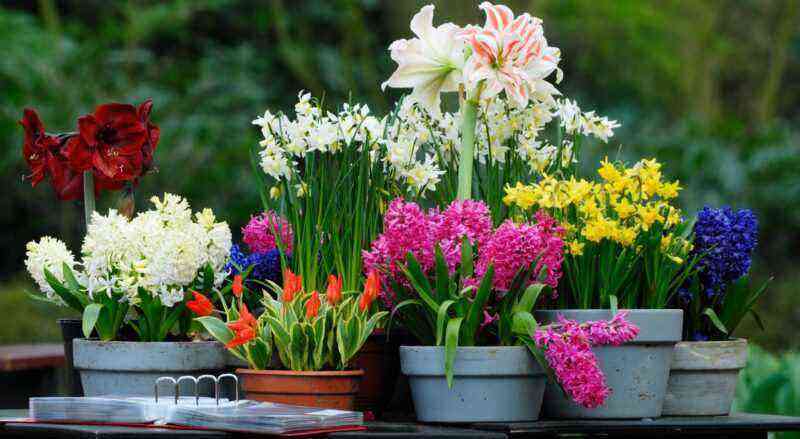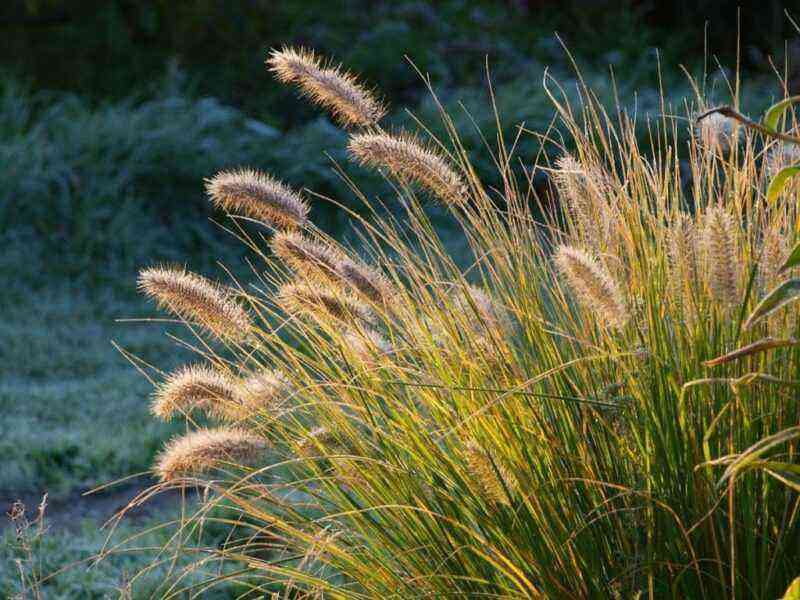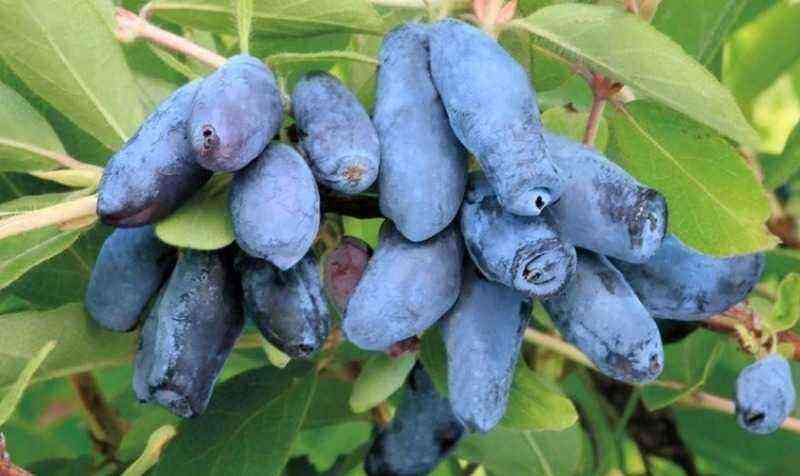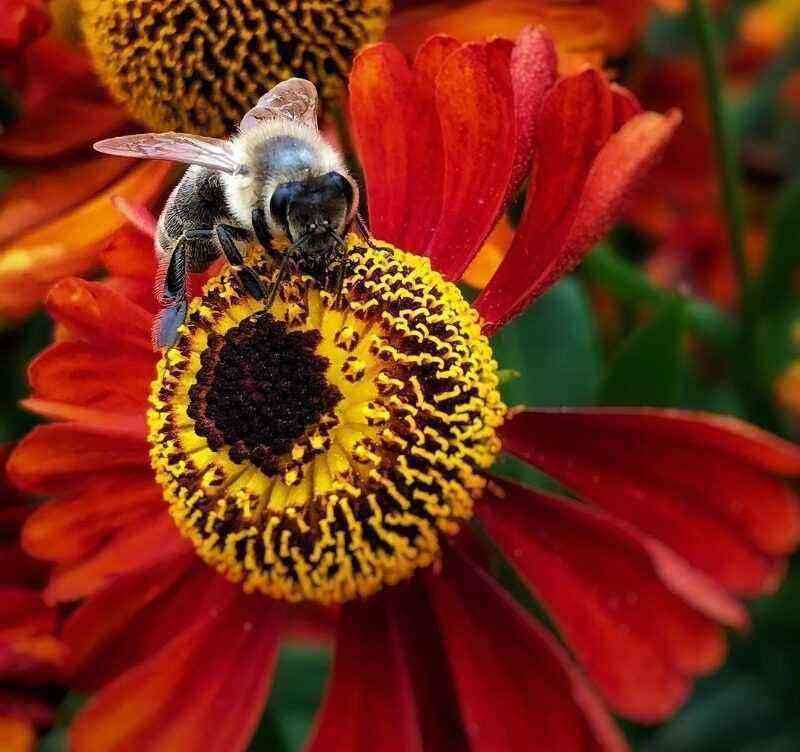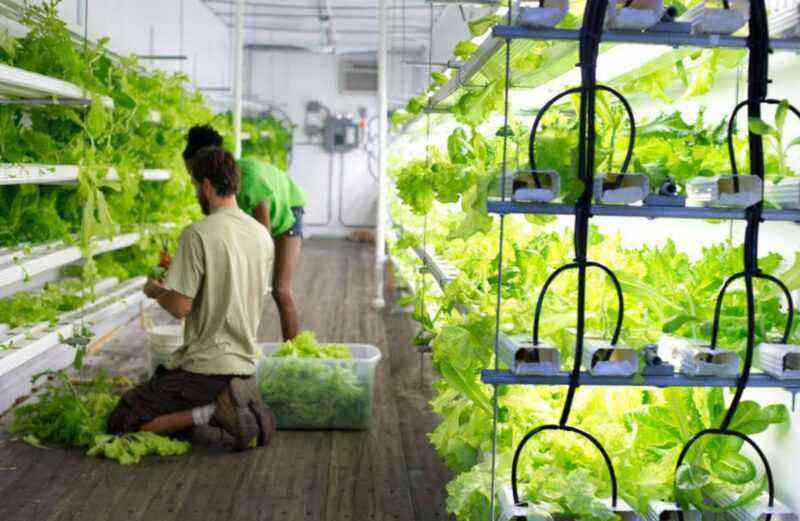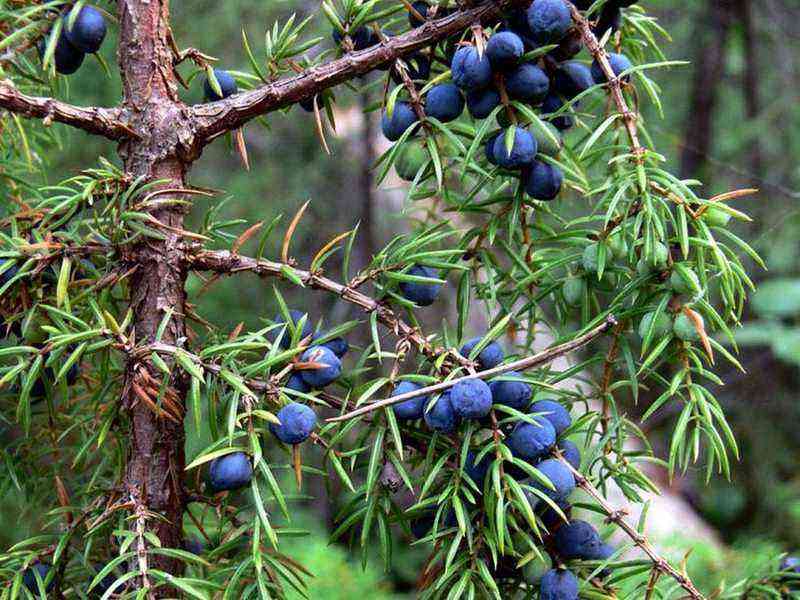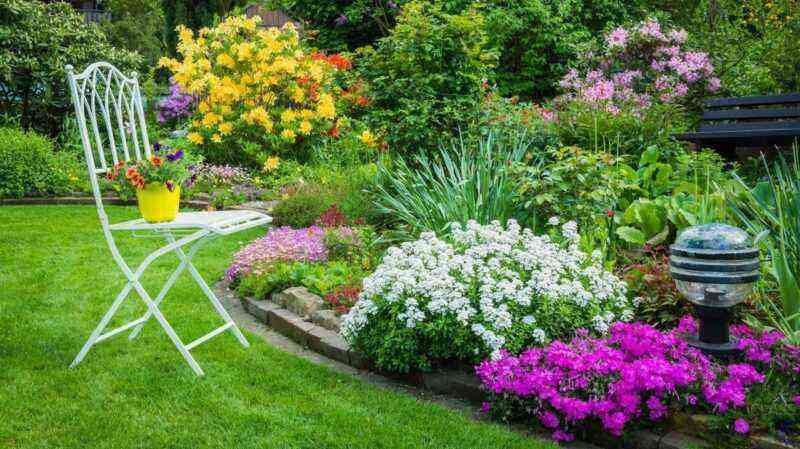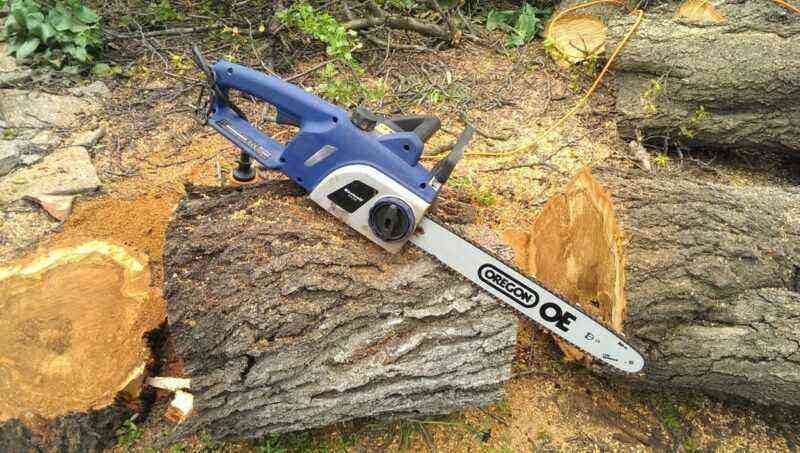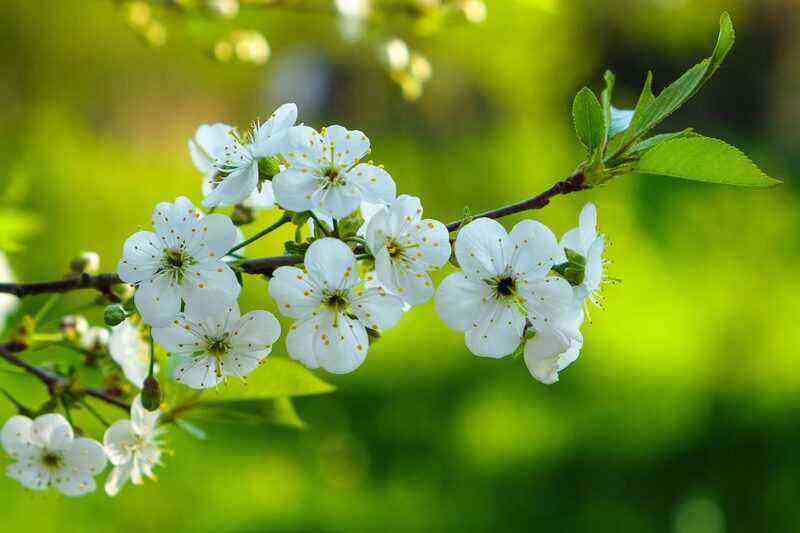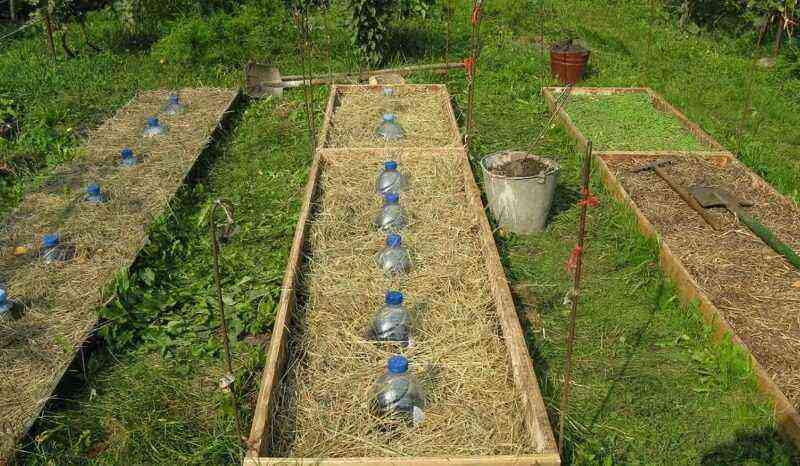In the spring, along with the awakening of nature, summer residents also become more active, because the hot season is coming. To get a good harvest in the fall, it is necessary from the beginning of the season to prepare the soil for future beds, choosing the right fertilizers in the required quantities. At the same time, the needs of the crops with which they plan to plant the beds are taken into account. Experienced gardeners know how to feed the garden and how to do it correctly. A similar question arises, as a rule, among beginners who have decided to master the science of growing vegetables and flowers on their site. The need to fertilize the land is dictated by the annual depletion of resources. If you do not enrich the soil with useful nutrients, then the yield will decrease every year.
Experts consider the spring season to be the most favorable time for applying all types of fertilizers to the soil: organic, necessarily prepared in advance, mineral, taken in strictly defined doses, as well as their mixtures. The procedure is started after the melting of the snow cover. Some amateur gardeners practice the distribution of top dressing over the snow, but with this method, the introduced substances can “float away” from the site along with the melt water.
Fruit trees can be started to feed without waiting for the near-trunk soil to completely thaw. It is recommended to feed vegetable and flower crops just before planting. In order not to forget what fertilizers, where and when to apply, it is necessary to draw up a plan in advance. In this case, it is guaranteed that all plants will receive the necessary trace elements in the optimal amount for their development.
When depositing funds, you cannot act according to the principle: the more, the better. Because organic and mineral substances introduced in excess can adversely affect the condition of the crops grown. Mineral and mixed dressings require special care. When working with these species, the doses indicated on the label must be followed.
Organic include:
- manure or humus;
- bird droppings “
- peat;
- compost.
The organics, which perfectly loosen the soil, contain many useful microelements. In the village, these fertilizers are in abundance in every courtyard, so they can be bought inexpensively. Considering that organic matter is applied once every three years, too much money will not be required for this. The best effect on soil fertility is humus (rotted manure), which is scattered over the site for three to four weeks before digging up the earth and planting vegetables.
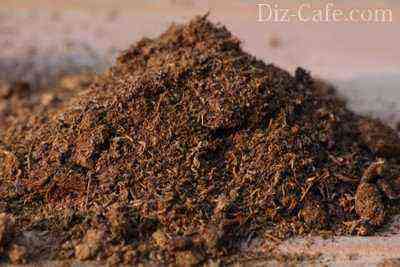
For spring application to the soil, pre-prepared organic fertilizers are suitable. Overripe manure, which has turned into humus in a couple of years, increases the fertility of the land at times
A ten-liter bucket of humus is distributed on one square meter of the garden, which can be replaced with peat or compost. Here’s how to compost yourself:
Organic dressings, in addition to obvious advantages, have a number of disadvantages, namely:
- some substances (fresh manure, bird droppings) can simply “burn” the roots of plants;
- a large amount of funds that must be delivered to the site and distributed, applying a lot of physical effort;
- the risk of infection by vegetable flies onions and carrots;
- problems with searching in the absence of farms and personal farmsteads nearby;
- harsh specific smell.
There is also an interesting Meatlider method, for more details see the video:
And here is another video example about making fertilizers yourself:
It is easier to work with mineral fertilizers, since they are sold in concentrated form in all specialized stores. However, special care must be taken when calculating the amount to be applied. You should be guided by the dosages recommended by the manufacturers, depending on the needs of the crops grown in a particular place in the garden plot. Granular phosphorus and nitrogen fertilizing is applied in accordance with the established norms in the soil in the spring immediately before its digging. In this case, useful trace elements will be in close proximity to the plant root system. The recommended bedding depth of the pellets is approximately 20 cm.
Many gardeners are prejudiced against mineral feeding, believing that “chemistry” harms the land and the plants growing on it. Of course, the soil structure does not improve from the application of mineral products. For this purpose, organic matter is needed. But plants get access to all the trace elements necessary for growth, such as nitrogen and phosphorus. Potassium-based preparations promote faster ripening of fruits. Complex fertilizers, which include two or even three components, are able to satisfy the needs of plants for all nutrients. Complex dressings are available in the form of liquid or granules.

Mineral fertilizers in granules are applied in the spring in strictly defined doses to the soil, thereby providing plants with all the necessary nutrients
In spring, ten square meters of the garden are usually brought in:
- 300-350 g of nitrogen fertilizers (ammonium nitrate, carbamide or urea);
- 250 g – phosphorus agents;
- 200 g – potassium substances that can be replaced with wood ash.
In summer, during the intensive growth of plants, feeding is repeated, but the dose of all fertilizers is reduced by three times.
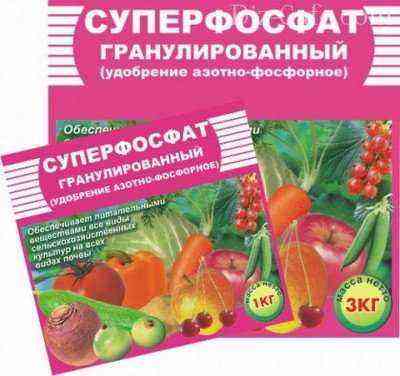
Granular superphosphate is a versatile nitrogen-phosphorus fertilizer suitable for use on all types of soil. Provides food for crops grown in the country or vegetable garden
Unlike organic fertilizers, mineral complexes must be applied to the soil annually. And more financial resources for the purchase of mineral dressings should be allocated from the family budget. Naturally, you won’t have to wait long for a return on investment. In autumn, the site will delight you with a rich harvest, and flower crops will begin to bring aesthetic pleasure even earlier.

